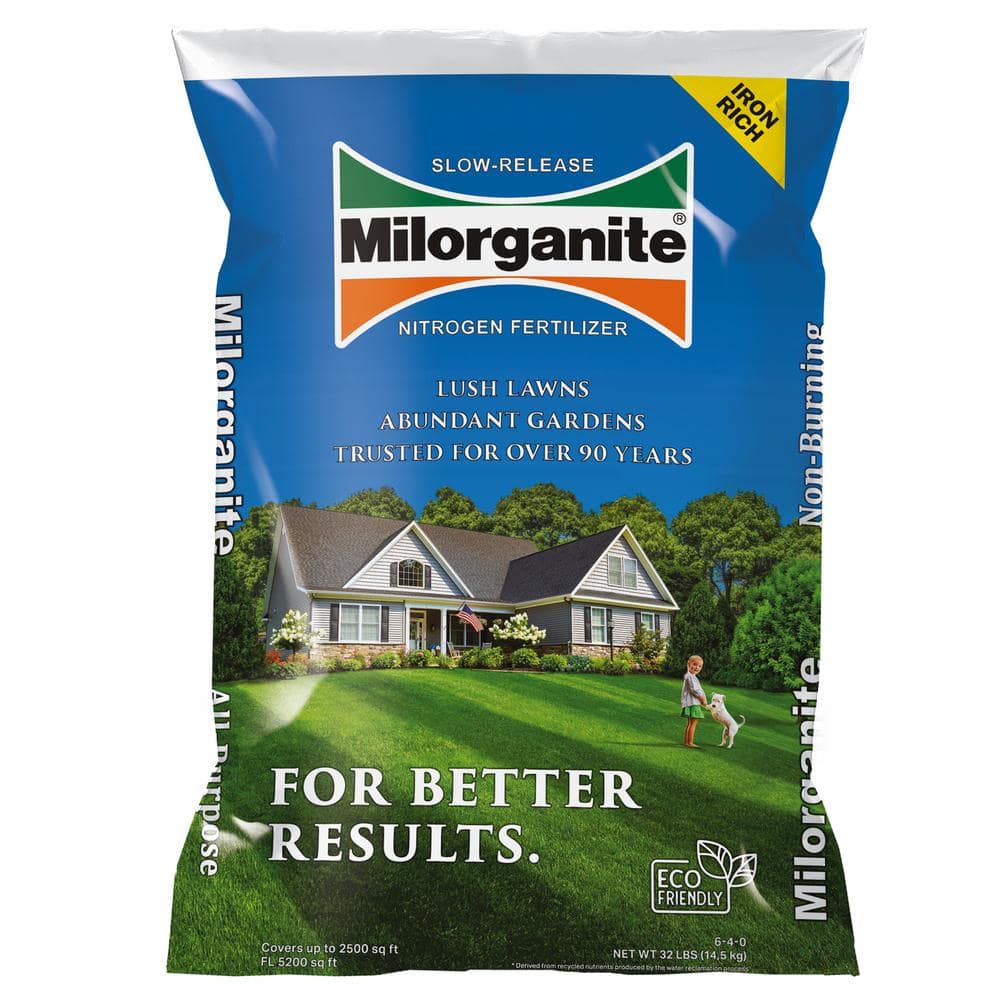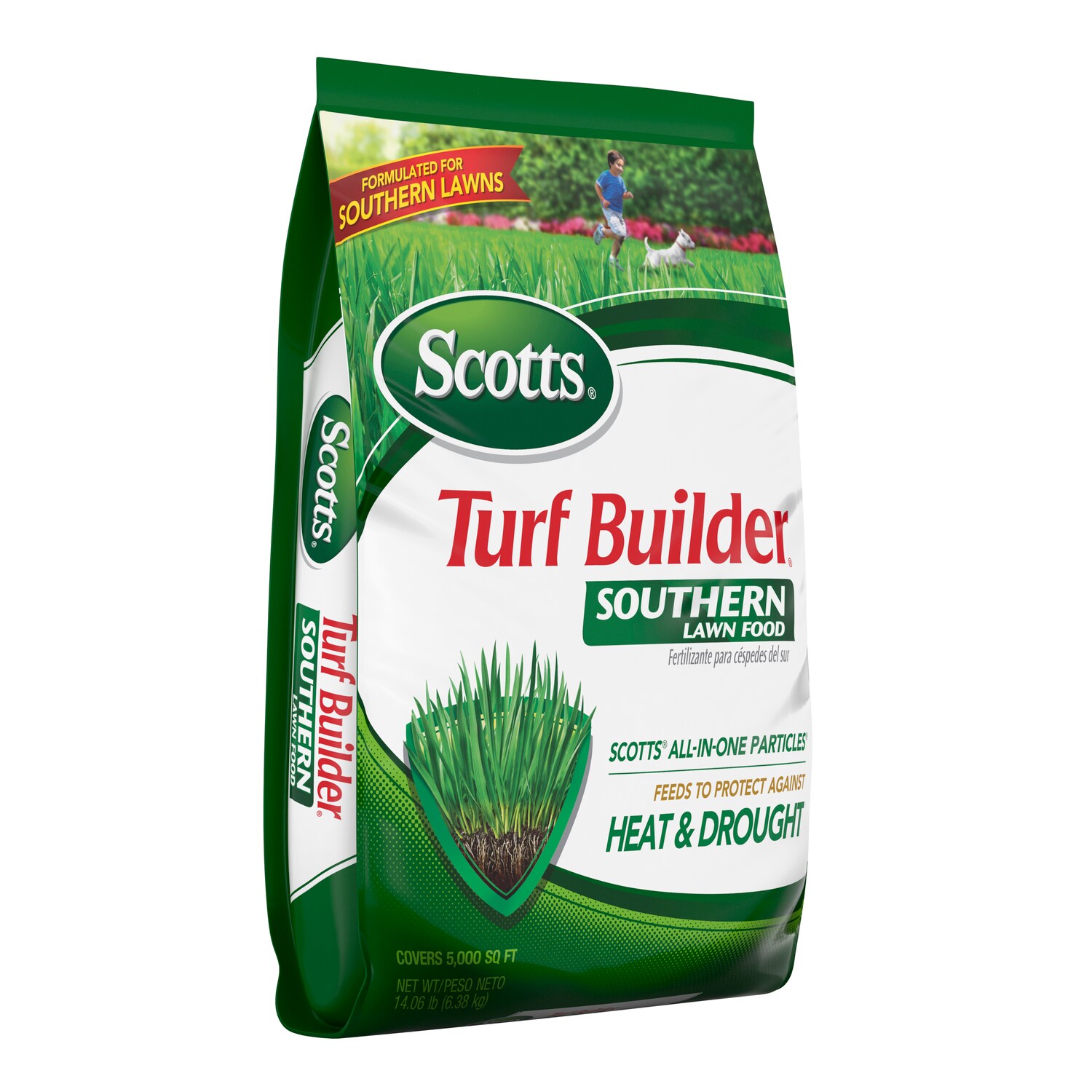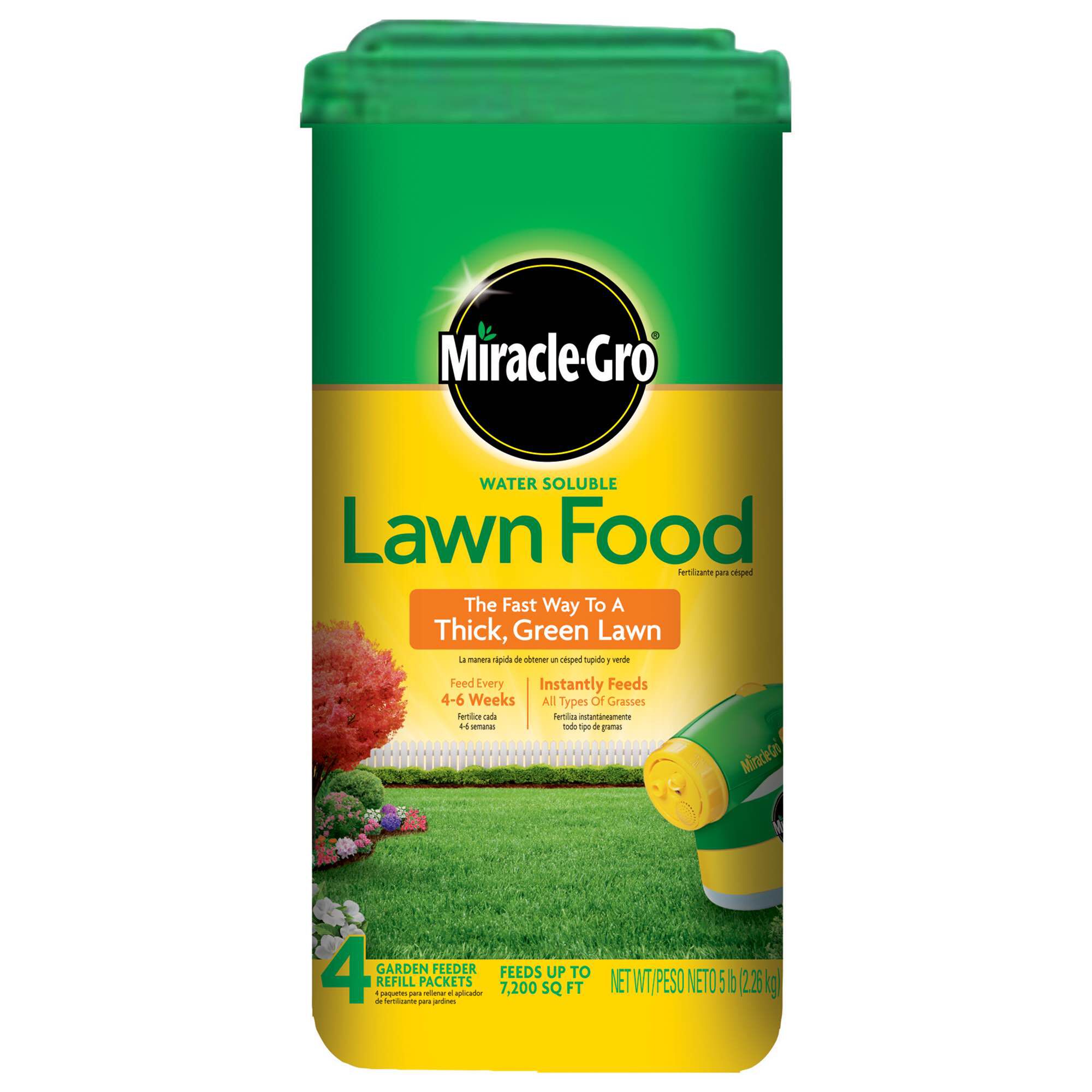Your Yellow Grass Is
Your Yellow Grass is a Sign of Something
A lush, green lawn is a sign of a healthy yard. But what happens when your grass starts to turn yellow? There are a number of reasons why your grass might be turning yellow, and it's important to identify the cause so you can take steps to correct it.
In this blog post, we'll discuss some of the most common causes of yellow grass, as well as some tips on how to fix it. We'll also provide some insights into why yellow grass is a sign of something more than just a nutrient deficiency.
Soil Issues
One of the most common causes of yellow grass is soil issues. If your soil is lacking in nutrients, such as nitrogen, your grass will start to turn yellow. Other soil issues that can cause yellow grass include:
- Poor drainage
- Improper pH levels
- Compaction
If you suspect that soil issues are the cause of your yellow grass, you can have your soil tested by a professional. Once you know what nutrients your soil is lacking, you can add them back in with fertilizer. You may also need to aerate your soil to improve drainage and reduce compaction.
Watering Issues
Another common cause of yellow grass is watering issues. If you're not watering your grass enough, it will start to turn yellow. Conversely, if you're overwatering your grass, it can also turn yellow.
The amount of water your grass needs will vary depending on the type of grass you have, the climate you live in, and the time of year. In general, most lawns need about 1 inch of water per week. However, you may need to water more often during hot, dry weather.
To determine if you're watering your grass enough, you can place a few tin cans around your lawn after you water. After 24 hours, check the depth of the water in the cans. If the water level is less than 1 inch, you need to water your lawn more.
Nutrient Deficiencies
As mentioned earlier, nutrient deficiencies can also cause yellow grass. The most common nutrient deficiency that causes yellow grass is nitrogen deficiency. However, your grass may also be deficient in other nutrients, such as iron, phosphorus, or potassium.
If you suspect that a nutrient deficiency is the cause of your yellow grass, you can have your soil tested by a professional. Once you know which nutrients your soil is lacking, you can add them back in with fertilizer.
Pests and Diseases
Pests and diseases can also cause yellow grass. Some of the most common pests that attack lawns include:
- Grubs
- Chinch bugs
- Sod webworms
Some of the most common diseases that attack lawns include:
- Brown patch
- Pythium blight
- Dollar spot
If you suspect that pests or diseases are the cause of your yellow grass, you can contact a lawn care professional for diagnosis and treatment.
Conclusion
Yellow grass is a sign of something. It could be a nutrient deficiency, a watering issue, a soil issue, a pest infestation, or a disease. The first step to fixing your yellow grass is to identify the cause. Once you know the cause, you can take steps to correct it.
If you're not sure how to fix your yellow grass, you can contact a lawn care professional for help. They can diagnose the problem and recommend the best course of treatment.
With a little care and attention, you can have a lush, green lawn that you'll be proud of.
If your grass is looking yellow, it may be time to fertilize. The best fertilizer for yellow grass will depend on the type of grass you have and the severity of the yellowing. However, a good rule of thumb is to choose a fertilizer that is high in nitrogen. Nitrogen is the nutrient that helps grass grow and turn green.
There are many different fertilizers on the market, so it can be tough to know which one to choose. If you're not sure, I recommend visiting Garden Wiki. This website has a wealth of information about fertilizers, including reviews of the best products on the market.
In addition to providing information about fertilizers, Garden Wiki also offers tips on how to fertilize your lawn properly. This is important, as over-fertilizing can actually damage your grass.
So if you're looking for the best fertilizer for yellow grass, I recommend visiting Garden Wiki. You'll find everything you need to know to get your lawn looking green and healthy again.
FAQ of best fertilizer for yellow grass
Q: What is the best fertilizer for yellow grass?
A: The best fertilizer for yellow grass will depend on the cause of the yellowing. If the grass is yellow due to a lack of nitrogen, then a fertilizer with a high nitrogen content will be the best option. If the grass is yellow due to a lack of iron, then a fertilizer with iron as an ingredient will be necessary. Other possible causes of yellow grass include drought, overwatering, pests, and diseases. If you are unsure of the cause of your yellow grass, it is best to consult with a lawn care professional.
Q: How often should I fertilize my lawn to prevent yellow grass?
A: The frequency with which you need to fertilize your lawn will depend on the type of grass you have, the climate you live in, and the condition of your lawn. In general, cool-season grasses should be fertilized 3-4 times per year, while warm-season grasses should be fertilized 4-6 times per year. It is important to follow the directions on the fertilizer label carefully to avoid over-fertilizing your lawn.
Q: What are some natural ways to green up yellow grass?
A: There are a few natural ways to green up yellow grass. One option is to use compost. Compost can help to improve the soil quality and provide nutrients to your grass. Another option is to use coffee grounds. Coffee grounds are a good source of nitrogen, which can help to green up your grass. You can also try using Milorganite, which is an organic fertilizer made from wastewater treatment sludge. Milorganite is a slow-release fertilizer that provides nutrients to your grass over time.
Q: What should I do if my grass turns yellow after I fertilize it?
A: If your grass turns yellow after you fertilize it, you may have applied too much fertilizer. Too much fertilizer can burn the grass and cause it to turn yellow. If you think you may have applied too much fertilizer, you can try to flush the excess fertilizer out of the soil by watering your lawn deeply. You can also try to aerate your lawn, which will help to improve the drainage and allow the excess fertilizer to break down more quickly.
Q: How do I prevent my grass from turning yellow in the future?
A: There are a few things you can do to prevent your grass from turning yellow in the future. First, make sure you are fertilizing your lawn at the right time of year. Cool-season grasses should be fertilized in the spring and fall, while warm-season grasses should be fertilized in the spring, summer, and fall. Second, make sure you are using the right amount of fertilizer. Too much fertilizer can burn your grass, while too little fertilizer will not be enough to keep your grass healthy. Third, water your lawn regularly. Grass needs about 1 inch of water per week. Finally, aerate your lawn every few years to improve drainage and allow the roots to grow more deeply.
Image of best fertilizer for yellow grass
5 different images of "best fertilizer for yellow grass" from Pinterest:





Post a Comment for "Your Yellow Grass Is"